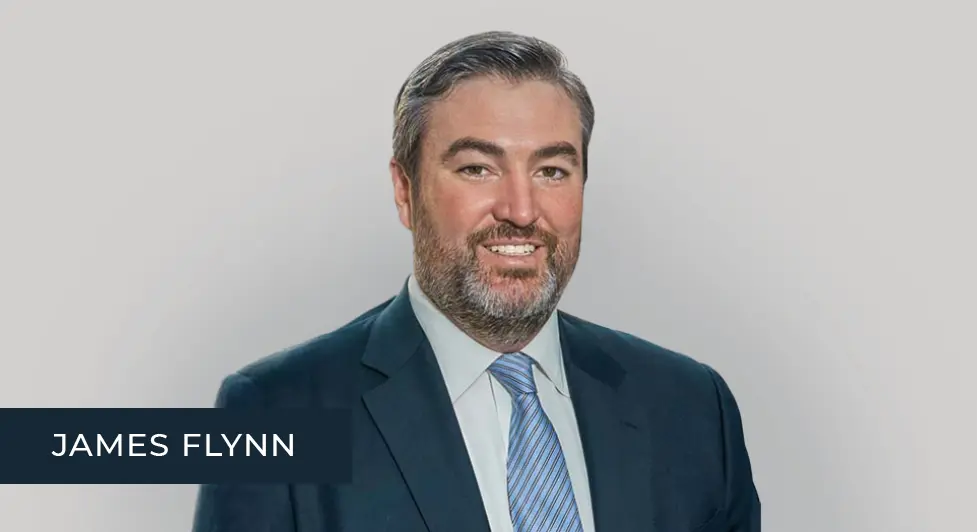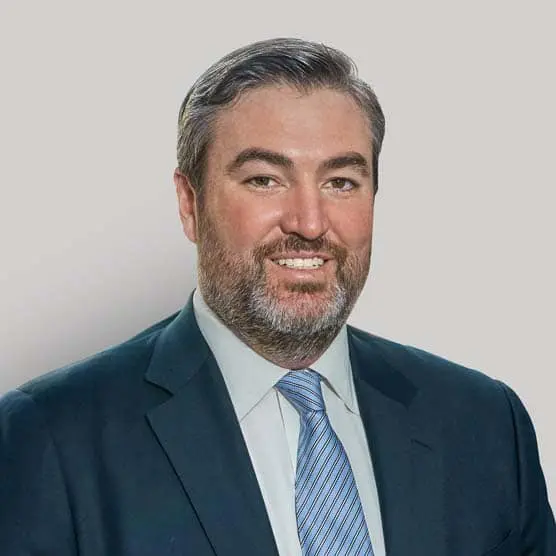There is a growing conviction that the multifamily market is gathering steam and will begin to pick up speed as we enter 2026. The market has been quietly accelerating despite such headwinds as a wavering tariff policy, political gridlock at home, and persistent conflicts abroad. It has become increasingly evident that the multifamily market is less influenced by external events than driven by economic fundamentals and demographic preferences. The 10-year Treasury yield, which topped out at 4.6% at the end of spring, has eased down toward the 4.0% mark. The oversupply that has plagued Sunbelt markets shows signs of drying up in the face of an overwhelming housing shortage and the expense of homeownership. For these and other reasons, the number of transactions that we see at Lument has risen significantly so far this year.
But progress in multifamily is still tentative. Our October 2025 webcast, titled The Multifamily Market Finds Its Rhythm, gave us an opportunity to better understand how participants approach the market in these circumstances. We asked Stephen Johnson, senior vice president and head of production and sales at Freddie Mac Multifamily, to join us because his position gives him a broad view and insight into steps the agency is taking to ensure liquidity, stability, and affordability in the market.
For an investor perspective, we invited Brent Sobczak, president of Ohio-based CASTO Communities, to provide on-the-ground counterpoint. CASTO will be celebrating its 100th year in 2026 — and owns roughly 26 million square feet of commercial space and 6,000 multifamily units, most of which it has developed. It focuses on urban infill midrise, suburban walk-up, and workforce housing.
Together, their comments provided an assessment of where the market is now and where it could be going over the next six months.
Not Quite There
There are signs of the market awakening. One positive indicator is loan duration. Steve noted that the five-year loan has been the product of choice for Freddie Mac investors during the past few years but added that the agency is seeing a move to longer durations as 2025 progresses. “To the extent that this reflects growing faith in the market, it’s a good thing,” he said.
But there are other signals that the market is not quite there yet. A rule of thumb that Steve uses to assess whether the market has normalized is the proportion of refis to acquisitions in Freddie’s queue. “We are traditionally 60/40 refis to acquisitions,” he said. “In the past few months, we have seen acquisitions coming up, but we are not there yet.”
In addition, the persistent disconnect between buyers and seller has remained virtually unchanged in the four months since Lument’s last webcast in June. At that time, 7% of respondents to our audience survey said that they planned to be net sellers versus 34% net buyers. In October, the results were 5% net sellers and 31% net buyers. The vast majority of investors — averaging slightly more than 60 percent — are, for the moment, staying on the sidelines. Brent reported that he has seen this disconnect in Ohio, though as CASTO sells roughly two out of every three projects it develops, the preponderance of buyers plays to its advantage.
From Lument’s perspective as a lender, having large number of investors declare their intention to hold is not a bad thing. Owners refinance assets that they are not planning to sell. But for the market as a whole, more transactions will be key to building momentum going forward.
What Will It Take?
The three of us agreed that two conditions must be met for the market to truly break out. The first is rates reaching a level where more deals pencil out — and the consensus view of our audience is that we are close. We ask the audience at every webcast to give us their views on where the 10-year Treasury will be in 12 months. In June, 63% of the respondents predicted that it would be over 4.50%. This time, 68% forecast it would end up below 4.50% — and of these, 40% said it would be under 4.00%. That’s a remarkable change — and a very encouraging sign. Reinforcing this view is our third poll result. When we asked our audience in June about their biggest concern, 63% said it was interest rates and/or inflation. In October, this figure had dropped to 47%.
The second requirement is rates stabilizing and holding. “From a development point of view, the less volatility the better,” Brent said. “We always add cushions to our rates and our exits, but even so, volatility creates uncertainty and apprehension. If we can just stay in a 50-point band for an extended period, without any dramatic swings, that would mean a great deal.”
In my view, volatility has been the biggest issue for rates. Although my estimate of where rates are going is a little more conservative than our audience’s, a period of low volatility would go a long way in moving people off the sidelines. Investors would begin to feel that they could agree on price without the worry that, in six months, they will look back and feel they paid too much or sold too low. Some volatility is inevitable, but as I tell my team, if your client’s deal works at a particular interest rate and you are pausing in hopes of rates dropping 25 bps, you are being short-sighted.
A Market of Moments
But neither Brent nor Steve are waiting for interest rates to find that sweet spot. They are not betting on trends but looking at the market opportunistically. CASTO has 2,500 units under development, and it can do so in this environment because it has the expertise, the experience, and the creativity to pinpoint locations where it can make the numbers work. Right now, this is primarily suburban Columbus. CASTO is also active in Cleveland and Cincinnati, but in these markets, Brent says, you have to be more selective.
But for CASTO, finding the right location is just the first step. Brent and his team spend a large amount of their time putting together the capital stack — and this includes some government support. “In Ohio, it’s a given that a tax abatement is needed on new development, whether it’s suburban, workforce, or infill,” he said. “We also look for other incentives to make the numbers pencil, whether it’s a grant, tax incremental financing to fund infrastructure, a sales tax exemption on construction materials, or some form of subordinate debt.”
CASTO is able to find ways to incorporate these elements in its capital stack because of the relationships it has built up over the years. “We work closely on our workforce housing projects with mission-driven lending partners who provide low-interest, longer-term subordinate debt as well as with lenders who offer longer-term, fixed-rate debt on construction,” he said. “Pairing these two lenders helps us meet AMI targets for these communities.”
Freddie Mac, too, views the market opportunistically. “This business is about moments,” Steve said. “For us, it is about finding moments and being able to swing into action when we find them. If Treasuries move down and deals that were red now turn green, are we ready to strike? With our mission we simply can’t miss these moments. We are determined to win 100% of the deals we should win.” This too takes expertise, experience, and creativity as well as relationships, qualities that Steve devotes his time to nurturing across the organization and its lending partners.
Steve highlighted some of the products Freddie Mac has expanded and enhanced this year in order to encourage investors to act opportunistically and to seize moments as they occur. The day before the webcast, Freddie Mac launched its Conventional Forwards program, which provides clarity for developers on the terms of the permanent debt they will receive when a property stabilizes after new construction or major rehabilitation. In addition, in September it updated its lease-up loan program by adding a borrow-up feature. This provision allows borrowers to access additional proceeds at first mortgage pricing within the first 24 months of initial loan origination. And in late May, it revised its preferred equity program to include lenders who wish to retain servicing rights. “Preferred equity is a win-win for borrowers and lenders,” he says. “We made the change to maximize participation from our Optigo® lender network.”
The Overall Outlook Is Optimistic
The panel ended on a positive note. CASTO has seen 4% rent growth in Columbus and Cincinnati this year. “We fully anticipate seeing continued solid effective rent growth in those markets next year,” Brent says. And Freddie is not slowing down. “We like where our credit box is,” Steve said. “We are going to keep going.”
This assessment agrees with what we have observed at Lument. There is the expectation among our clients of net growth in most markets — and even in those that are lagging, the signals will soon be green because they are fundamentally good markets. That’s because multifamily is being driven forward by a tailwind that will persist for years to come: widespread and sustained demand.

